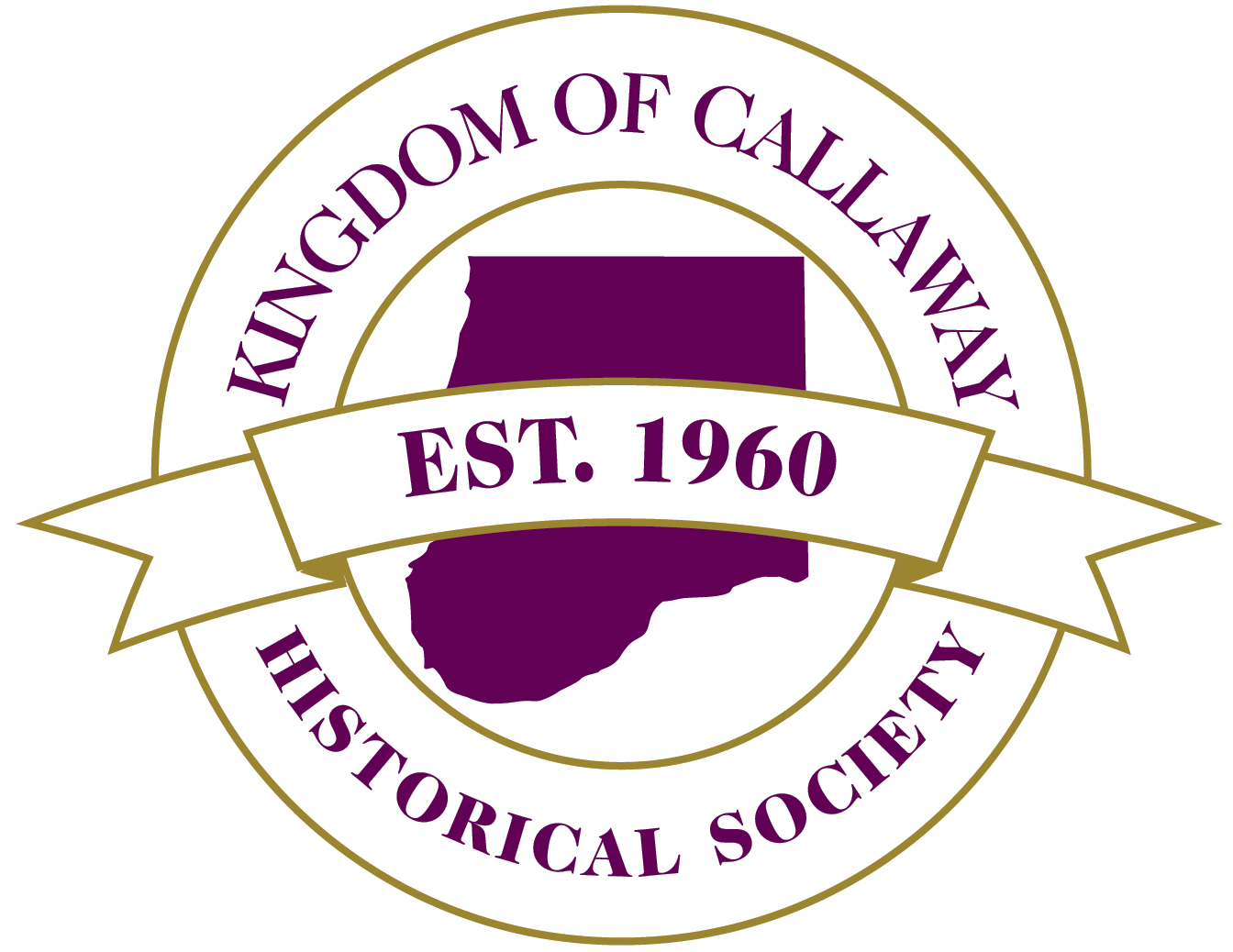Downtown Fulton Historic District
Did you know that since 2004 much of Fulton’s downtown has been included on the National Register of Historic Places, the federal government’s official list of historically significant sites?
Established in 1966 as part of the National Historic Preservation Act and administered by the National Park Service, the National Register seeks to identify “districts, sites, buildings, structures, and objects” worthy of preservation. Anyone can nominate property for inclusion on the Register by completing an application form. The State Historic Preservation Office reviews the application and decides whether or not to recommend it for the National Register. The National Park Service ultimately approves or denies the nomination.
An application for inclusion as a National Register Historic District is evaluated according to four criteria: historical importance to the region or nation, association with prominent figures from the past, architectural significance, and “information potential” for continued research. Inclusion on the National Register is primarily honorific; it does not protect a property from being demolished or prevent its owner from making exterior or interior changes.
The Downtown Fulton Historic District extends from 7th to 4th Streets between Jefferson and Market Streets and encompasses 69 buildings. Criteria supporting its designation include Fulton’s historical importance as the county seat, the architectural significance of its commercial buildings, many of which were designed by well-known Missouri architect M. F. Bell, and the brick streets originally laid between 1910 and 1912 and for which today’s Brick District is named.
The postcard featured is the north side of 5th Street directly across from the Callaway County Courthouse. Although the block is part of the Fulton Downtown Historic District, taken alone, it would not qualify for inclusion because only 2/3 of one building shown on the postcard remains. Buildings within a historic district are classified as “contributing” or “non-contributing”. Of the 69 buildings in the Fulton Downtown Historic District, 57 are designated as “contributing”, including some whose storefronts have been updated or modified over the years. Both the Callaway Bank and the office building on the right side of the photo would be classified as “non-contributing” (even though the latter blends in well with the historical character of the district). The high percentage of “contributing” buildings in the Fulton Downtown Historical District strengthens the case for inclusion on the National Register because it signals the integrity of the district’s historic character. It also helps explain why other historic buildings such as the Telephone Exchange and the Palace Hotel lie outside the district: the level of historic integrity was not deemed sufficient for inclusion.

